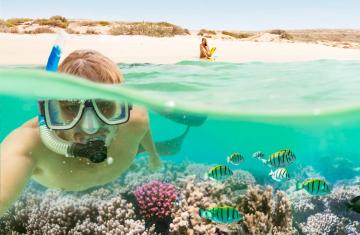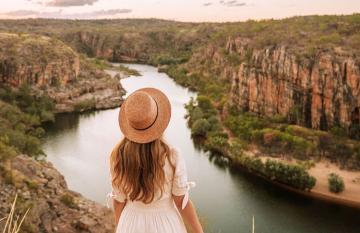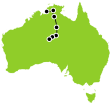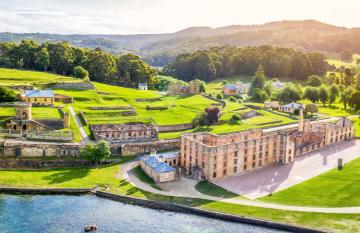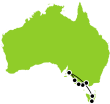
Stranger from another Planet, Welcome to our shores, the landscape here is pretty wild but I’m sure you’ll feel at home
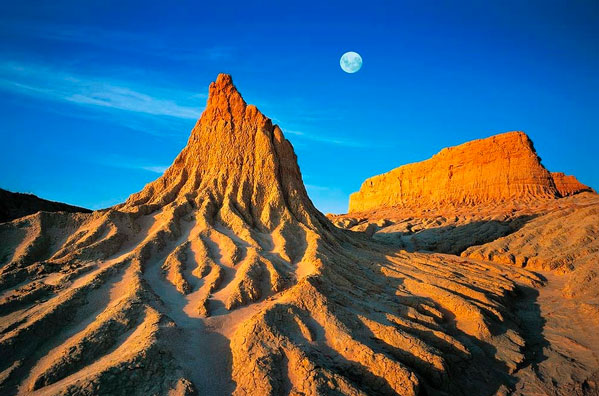
You are forgiven for thinking you’re facing a James Cameron Sci-Fi set, and one certainly not modeled on anything you would expect to find on this planet. Australia has more than it's fair share of extraterrestrial looking landscapes that have inspired onlookers for millennia. Here are just a few to inspire you off the beaten track to see beautiful Australian landscape …
The Bungle Bungles
The Kimberley is one of the nine regions of Western Australia and home to Purnululu national park or more commonly known as the Bungle Bungles, is one of Australia's greatest natural wonders. Although this bizarre landscape of beehive-shaped massifs is over 350 million years in the making, it was remarkably known only to Aborigines until the mid-1980s, when it was "discovered" by a television crew, and then awarded the title of the world heritage site in 2003. Beautifully remote the Bungle Bungles are located 110km (68 miles) north of Halls Creek and 250km (155 miles) south of Kununurra, this journey is well worth the effort – after all, nowhere on earth will you find another landscape like this. Bulbous formations made of orange and black stripes reach out as far as one can see, forming a landscape of natural waves shimmering under the intense outback sun. Hidden between them, you will find a labyrinth of gorges, canyons, and chasms, which beckon to be explored - there are trails of all lengths running through - professional guides are recommended and can be easily be arranged en-route. If the idea of hours of rocking around in a 4WD to get there doesn't tickle your fancy, then you can take off from Kununurra either by fixed-wing aircraft or by helicopter – a scenic flight you won't forget in a hurry.
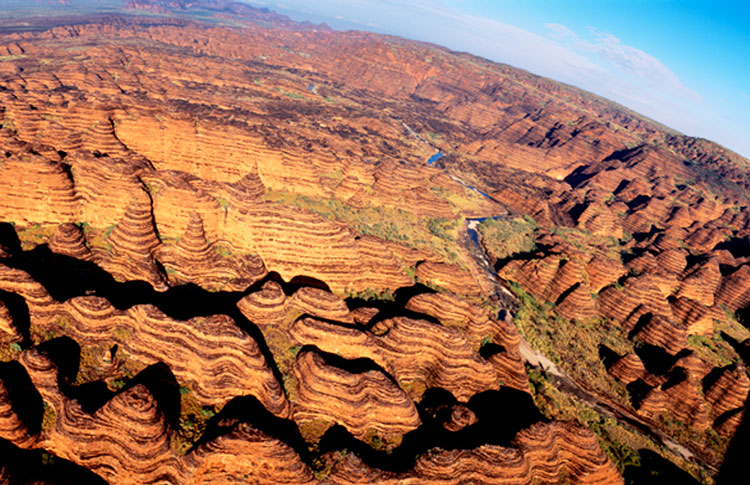
The Pinnacles
These peculiar Limestone formations can be found in Western Australia in the Nambung National Park. They are a series of eerie limestone formations scattered over vast rippled sand dunes 27 kilometers (17 miles) long. Each block varies in size, with some of the largest approaching four metres in height that create an alien or moon-like atmosphere Located near the Cray fishing town of Cervantes (pop 750) the Pinnacles are 245km (152 miles) or a three-hour drive north from Perth city. Cervantes makes a wise overnight stop to give you time to enjoy the desert at sunset when the light is sublime and cast spectacularly long shadows over the rippling yellow sand dunes. Surprisingly the desert teems with wildlife, most animals are nocturnal and it is not uncommon to see western grey kangaroos, emus and many sorts of reptiles and birds hanging around these strange stones. The raw material for the limestone that makes up the pinnacles came from sea shells millions of years earlier when the area was rich in marine life. Over time the shells were broken down into lime-rich sands and carried inland by winds forming high sand dunes. The regions slightly acidic rain dissolved the small amounts of calcium carbonate as it drained through the sand and as the dune dried out during summer, the calcium cement around grains of sand in the lower levels of the dunes, binding them together and eventually producing a hard limestone rock, known as Tamala Limestone.
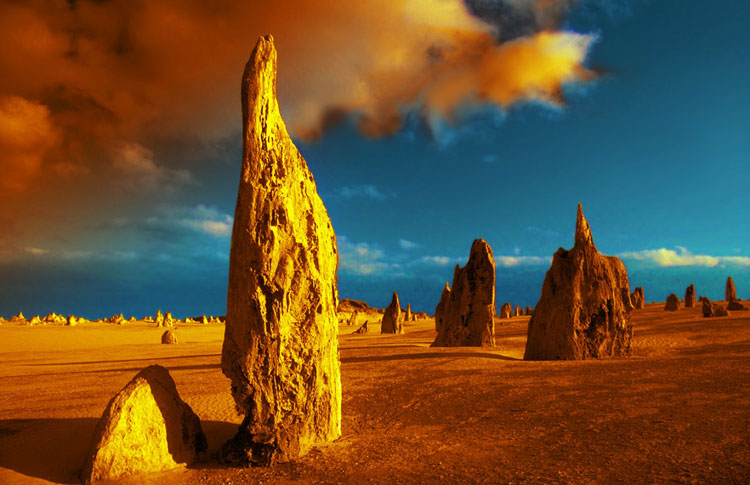
Little Sandy Desert
Very vast, very empty and very red, is the description of the Little Sandy Desert. Located in Western Australia, south of the Great Sandy Desert and west of the Gibson Desert, you can find it to the east of Great Northern Highway south of Newman and approximately 200 kilometres north of Wiluna – Plan well, it has little or no rainfall and not a lot of help at hand if things go wrong. The Little Sandy Desert is characterised by dune-fields and low ranges. The vegetation is mainly a shrub-steppe of acacia over spinifex. This is Aboriginal land and Parnngurr is one of the smaller Aboriginal communities in the region. It is a cousin of the Great Sandy Desert in so far as it has a similar landform and ecology, but obviously a lot smaller. To the north of the desert is Lake Disappointment, a vast salt lake. Within its boarders, the desert has numerous rocky outcrops and small rangeland areas which rise like islands in the vast sea of sand. The best known of these are Durba Hills, a popular stopover on the Stock Route, but there are also others, like the Calvert Range and Constance Headland which contain spectacular local Aboriginal rock art galleries.
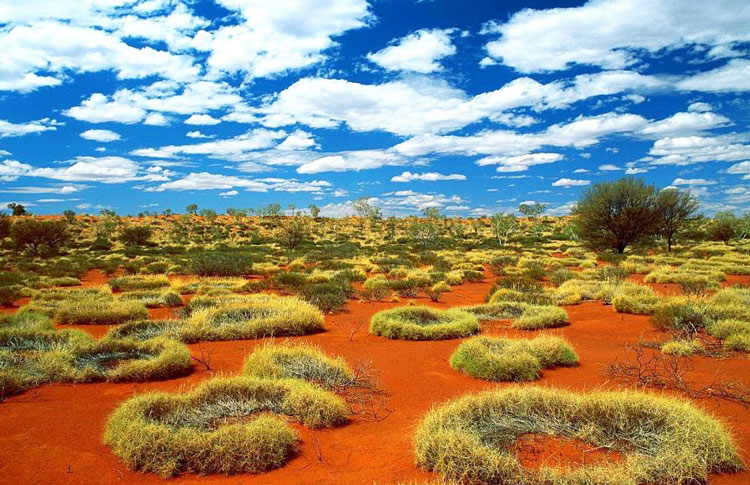
The Natural Bridge and the Gap
Torndirrup National Park on the Southern Ocean is 400 kilometres (249 miles) southeast of Perth and 10 km (6.2 miles) south of Albany in Western Australia. The Park covers almost four thousand hectares and is home to the famous 'Gap' and 'Natural Bridge' rock formation (seen below), which have formed over hundreds of thousands of years after being slowly worn away by the Great Southern Ocean - leaving this naturally sculpted Bridge. The Gap is a 24-metre chasm to the ocean floor where the waves rush in and out with an audible tremendous force. The Blowholes are made from a crack line in the granite that 'blows' air and occasionally spray - the noise is impressive. Walking, sightseeing and rock climbing are the most popular activities. Known for its wildflowers, Torndirrup's flowers are open between October to January. Whale watching is popular between the months of May to October. There are numerous lookouts and walking trails in the park with barbecues, tables and toilets available for all to use.

Lake Mungo
Lake Mungo is found in the World Heritage Area located in Mungo National Park 987 km (613 miles) west of Sydney and is one in a series of ancient dry lake beds on the plains of southwestern New South Whales. Considered a significant archaeological site because of the discovery of the remains of Mungo Man, the oldest human remains found in Australia and thought to be over 40,000 years old. The Lake covered 135 square kilometers (84 square miles) and was about 10 metres deep (32 Ft.) It existed about 45,000 years ago and dried up about 14,000 years ago. Many now extinct animals such as the Tasmanian tiger, giant kangaroo, large hairy-nosed wombat and an extinct giant marsupial called the zygomaturus have been found at the site. These dry lakes helped preserve the longest continuous records of Aboriginal life in Australia, dating 50,000 years ago through to the present The Dating of ancient burials shows that these remains are the oldest known fully modern humans outside of Africa.
This article was updated on the 10th of November 2018 by Brent
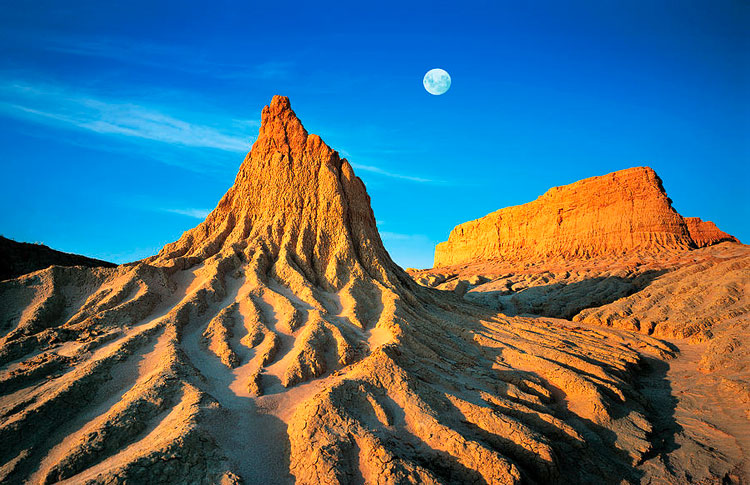
Feeling inspired to explore more of this epic country? View our most popular Australian Self Drive itineraries here!
At First Light Travel we can plan the perfect self-drive holiday for you. To get started and find ideas you can view our most popular itineraries - all of our trips can be customised for you!
Recent Posts
Blog Categories
Blog archives
- March 2025 (1)
- November 2024 (1)
- October 2024 (1)
- September 2024 (8)
- June 2024 (4)
- May 2024 (2)
- April 2024 (2)
- March 2024 (13)
- February 2024 (3)
- January 2024 (5)
- December 2023 (6)
- November 2023 (4)
- October 2023 (11)
- September 2023 (2)
- August 2023 (6)
- July 2023 (2)
- June 2023 (17)
- May 2023 (3)
- April 2023 (5)
- March 2023 (8)
- February 2023 (9)
- January 2023 (12)
- December 2022 (9)
- November 2022 (12)
- October 2022 (12)
- September 2022 (12)
- August 2022 (6)
- July 2022 (9)
- June 2022 (7)
- May 2022 (3)
- April 2022 (4)
- March 2022 (6)
- February 2022 (1)
- January 2022 (4)
- December 2021 (2)
- November 2021 (3)
- October 2021 (1)
- September 2021 (4)
- August 2021 (10)
- July 2021 (13)
- June 2021 (6)
- April 2021 (2)
- March 2021 (2)
- February 2021 (1)
- January 2021 (1)
- December 2020 (2)
- November 2020 (3)
- October 2020 (2)
- September 2020 (1)
- August 2020 (1)
- July 2020 (1)
- June 2020 (1)
- May 2020 (1)
- March 2020 (1)
- February 2020 (2)
- January 2020 (4)
- December 2019 (2)
- November 2019 (1)
- October 2019 (1)
- September 2019 (5)
- August 2019 (1)
- July 2019 (5)
- June 2019 (1)
- May 2019 (1)
- April 2019 (1)
- March 2019 (1)
- February 2019 (1)
- January 2019 (1)
- December 2018 (1)
- October 2018 (1)
- May 2018 (1)
- February 2018 (1)
- December 2017 (1)
- October 2017 (1)
- June 2017 (1)
- May 2017 (1)
- February 2017 (1)
- January 2017 (1)
- September 2016 (1)
- August 2016 (2)
- July 2016 (1)
- June 2016 (1)
- May 2016 (1)
- April 2016 (1)
- December 2015 (1)




